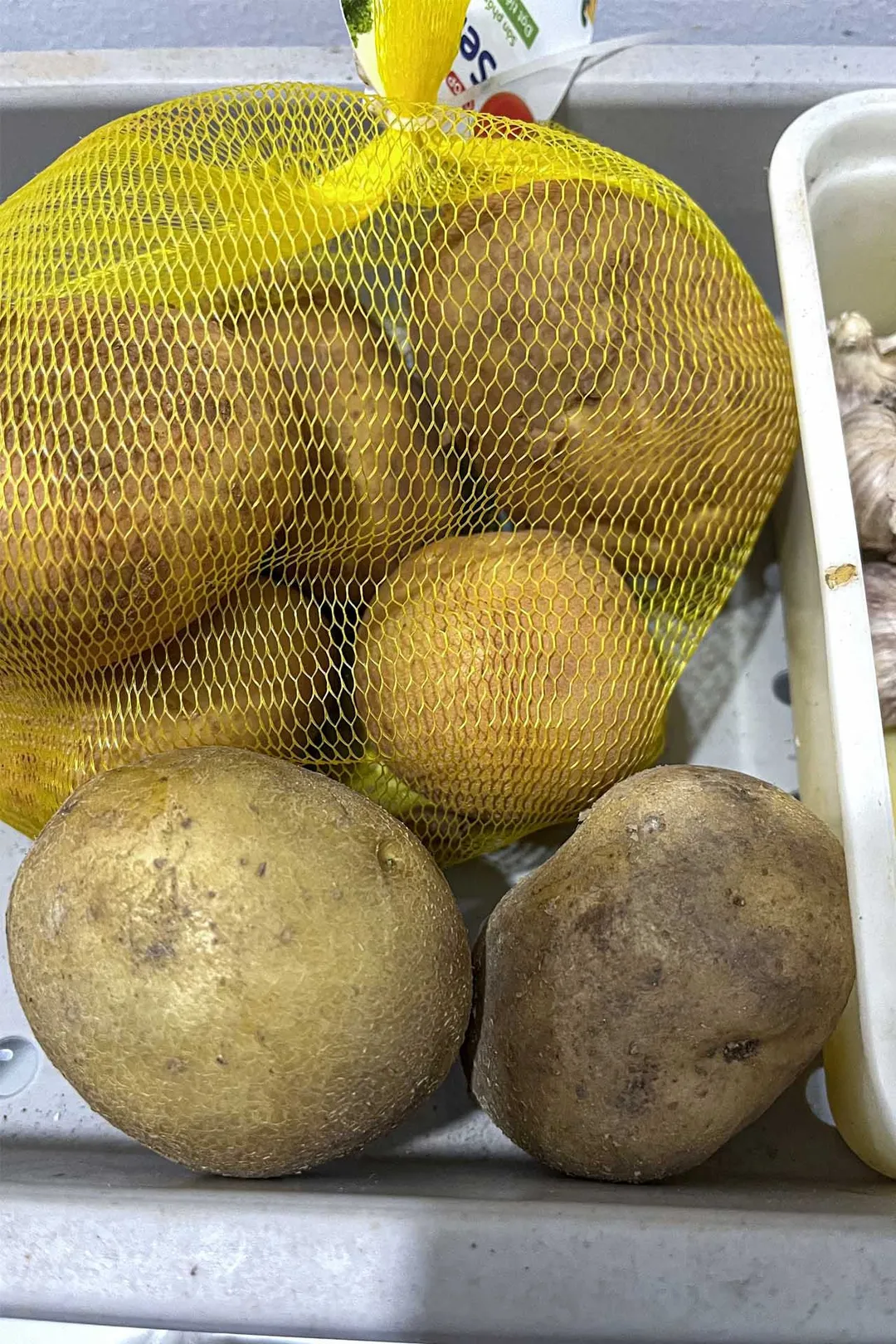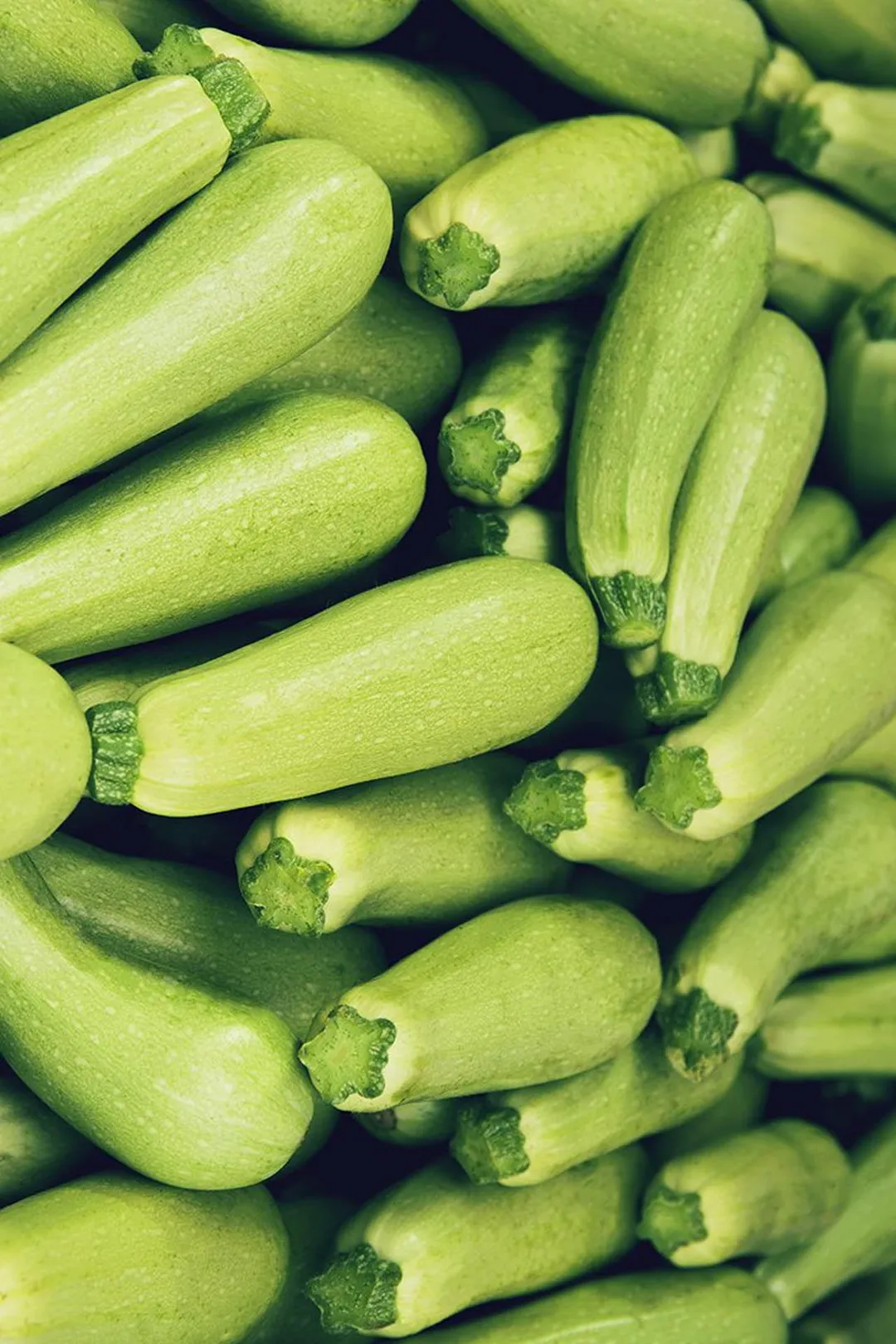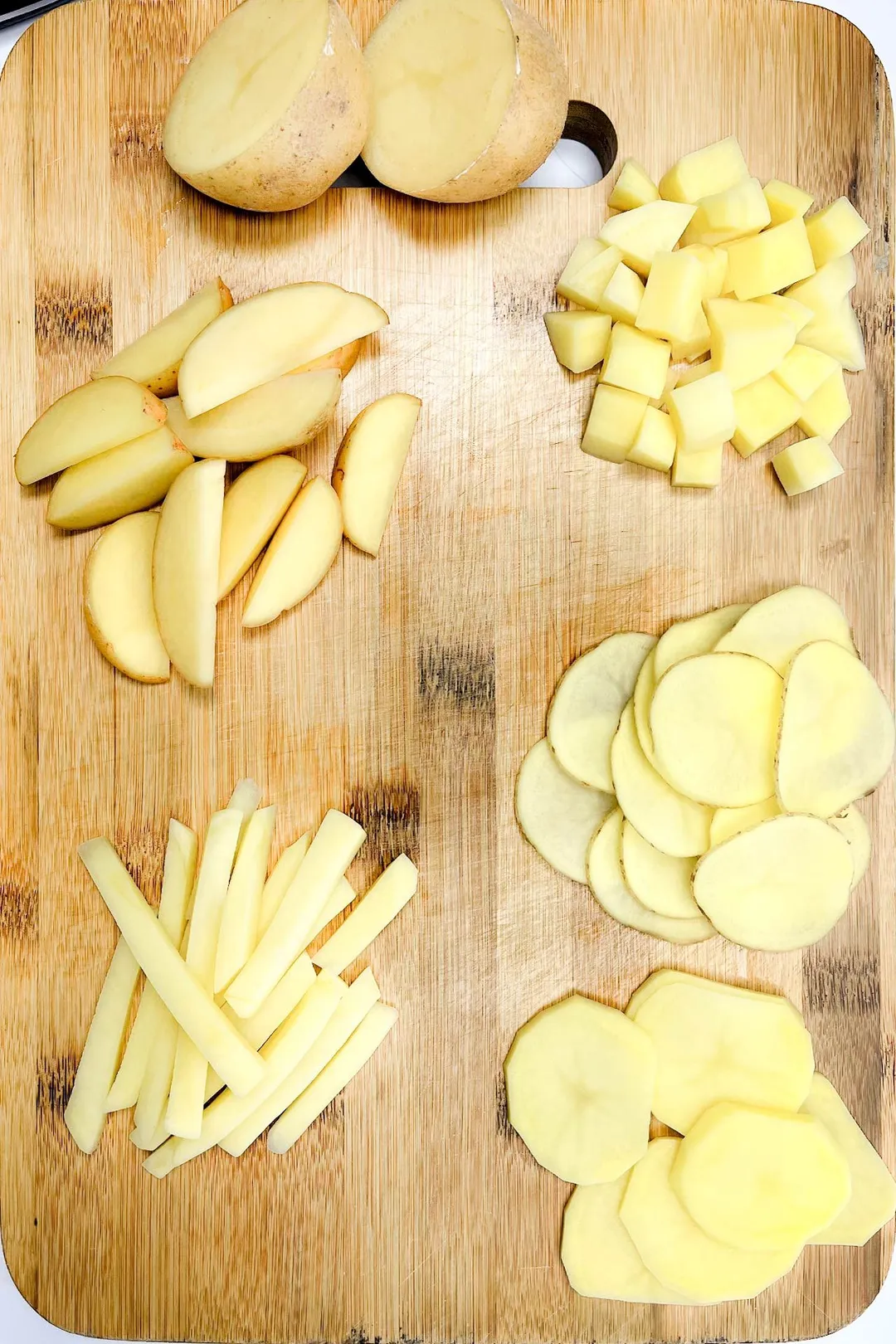When asked ‘how long do potatoes last?’ Google returns generic answers such as 2 weeks at normal temperature, 3 months in the freezer, and potatoes should never be put in the fridge. They are not wrong, but they don’t explain what really goes on inside potatoes.
In today’s article we’ll explore these root vegetables, how long they can really be kept, and why they are so.
How Long Are Potatoes Good for?
Our previous article on ‘how to store potatoes’ we’ve already mentioned:
- Put potatoes in a cool, ventilated area without sunlight. They’ll keep for 2 weeks.
- During hot summer months, refrigerate potatoes for up to 1 month, but try to use them up as soon as possible. They’ll turn sweeter and softer in time.
- Potatoes are best cut, cooked, and kept in the freezer—they can last for 3 months at max.
But in today’s article, we want to explain a little more about why we need to treat potatoes like this.
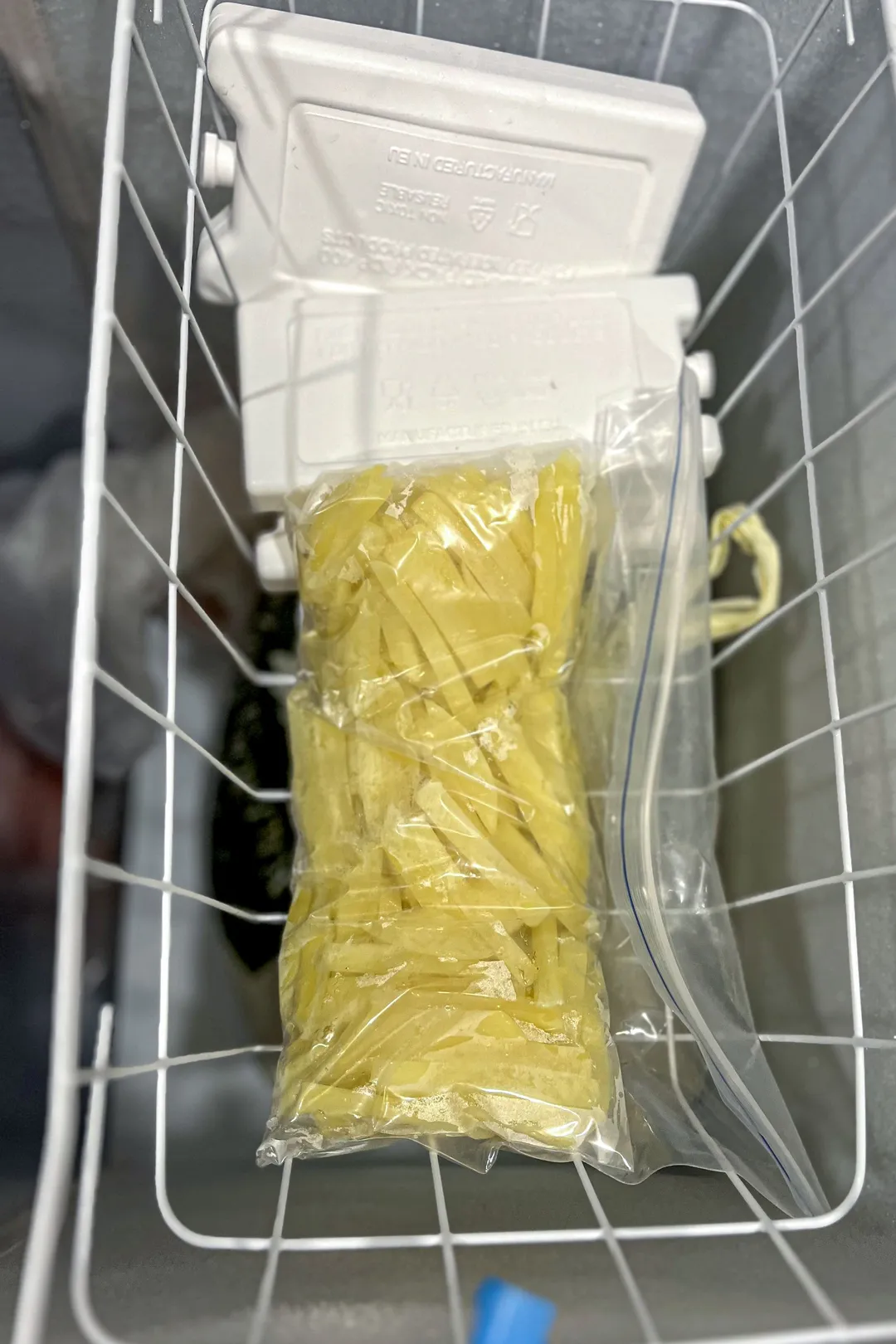
The Science of Potatoes
Why Potatoes Sprout
Potatoes are the enlarged root of the potato plant. When still underground, they absorb nutrients from their surroundings to make starch, and hold as much as they make. Farmers harvest potatoes when they’re at their peak, starchy and about to sprout a new plant out of themselves.
In other words, potatoes are still active after harvest, and will sprout when conditions are met, like they’re meant to. That’s why we need to store potatoes in a cool, ventilated place away from the windows. A little exposure to moisture, warmth, and sunlight is all they need to sprout.
Why Potatoes Turn Sweet in the Fridge
To keep themselves active, potatoes run two processes: converting their starch into sugar, and burning that sugar to use as energy.
The second process is stopped when potatoes are stored at temperatures below 40 °F, like in the fridge. The first one, however, is not, so refrigerated raw potatoes usually start to become sweet after one week. Unless used for frying or roasting, the sweetness isn’t exactly a problem—they technically remain edible for up to 1 month.
Why We Should Cook Potatoes Before Freezing
Both of these processes shut down in the freezer, but there we have another problem: crystallization.
Potato cells, or cells in general, are filled with water, which crystallizes below 32°F and bursts the cells open. Frozen potatoes, vegetables, or meat tend to be watery and mushy when thawed for this reason, and mushy isn’t the most desirable food texture. People avoid this by cooking the potatoes before freezing.
How to Tell If Potatoes Are Bad
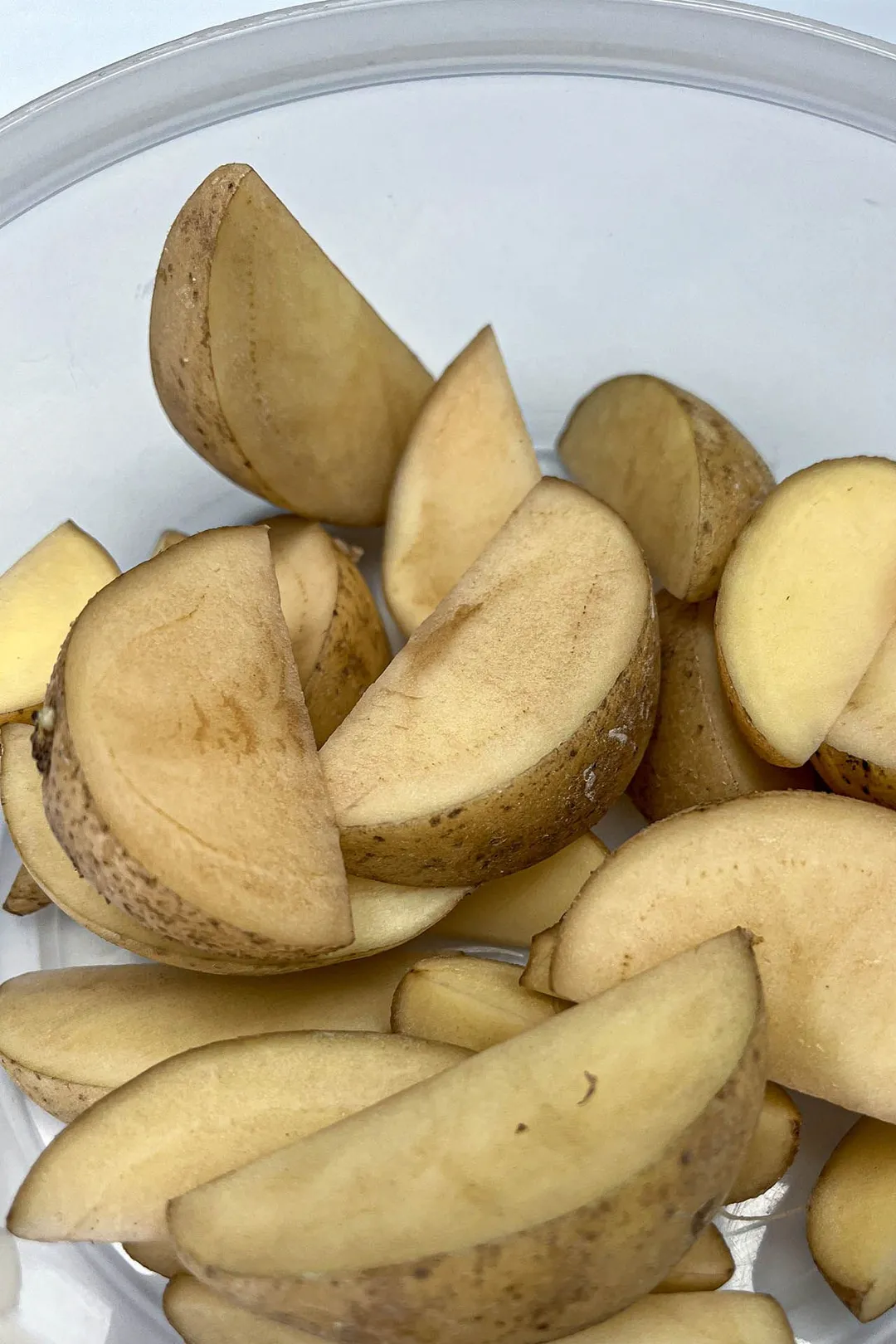
With the starch eventually used up, potatoes are likely to be mushy, bruised, browned, and spoiled after just 2 weeks.
If left unchecked, air-borne bacteria have time to penetrate the skin, thrive on the sugary flesh, multiply, and may produce foul odor. It’s crucial to keep potatoes somewhere you can see them for easier supervision.
Sometimes on the spuds you can spot these little holes or indents from which tiny sprouts poke out. Expose them to sunlight, no matter how occasionally, and shoots and leaves will grow. The skin also goes from brown to green, a sign of overproducing solanine.
‘Overproduce’ because the potato itself has always been producing this substance along with others. When they sprout, these substances are produced in high concentrations, which make the flesh bitter and may cause death.
Since we have no idea how far these substances have spread, it’s not a good idea to slice the sprouts off. Throw the potato away when you spot these signs.
Luna Regina
Writer, Author